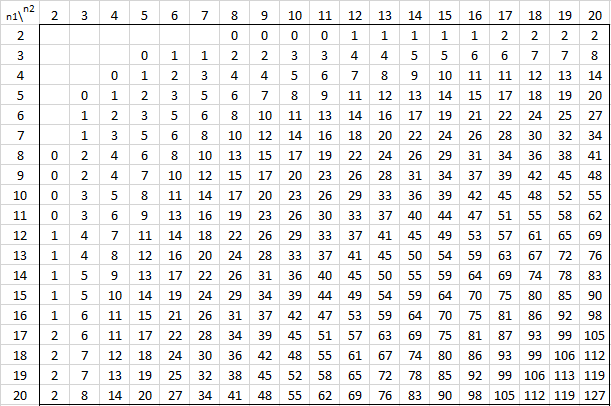
:max_bytes(150000):strip_icc()/two-56a8fa923df78cf772a26e17.jpg)
The Chi-square distribution is most often used in many cases for the critical regions for hypothesis tests and in determining confidence intervals. NIST table with the most common levels of significance and degrees of freedom. Generally applied with sample sizes <30.Ĭlick here to learn more about the t-distribution and t-tests with examples.į-Distribution: Percentage points of the F-Distribution As the sample size increases it becomes taller and narrower and exhibits more characteristics of the normal curve. The t-distribution is a series of distributions, a unique distribution exist for each sample size. Population standard deviation is unknown.The t-distribution is used instead of the z-distribution ( standard normal distribution) when the: T-Distribution: Critical values from the t-Distribution For the t-distribution, dF = n-1, represents the degrees of freedom. The formula for the z-test is the same as the t-test formula.Share Facebook Twitter Pinterest t-distribution The other statistical test that could be used is a z-test, but this test is only appropriate when the sample size is above 30 and the standard deviation of the population is known. Because the t-value is lower than the critical value on the t-table, we fail to reject the null hypothesis that the sample mean and population mean are statistically different at the 0.05 significance level. For this reason, the alpha level is divided in half (0.05/2 = 0.025) and then located on the t-table to find our critical value, which comes out to be 2.306. Because the test determines statistical difference between sample mean (class) and population mean (class), this is considered a two-tailed test.

The first step is to look at a t-table and find the value associated with 8 degrees of freedom (sample size – 1) and our alpha level of 0.05. The calculated t-value can be used to test the original hypotheses and determine statistical significance.


 0 kommentar(er)
0 kommentar(er)
